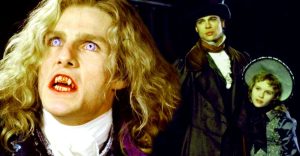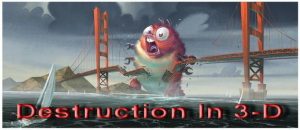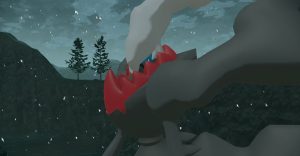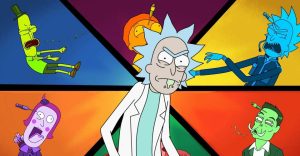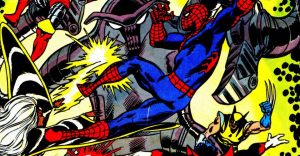2001: A Space Odyssey – 5 Ways The Opening Scene Is Perfect (& 5 The Ending Is)
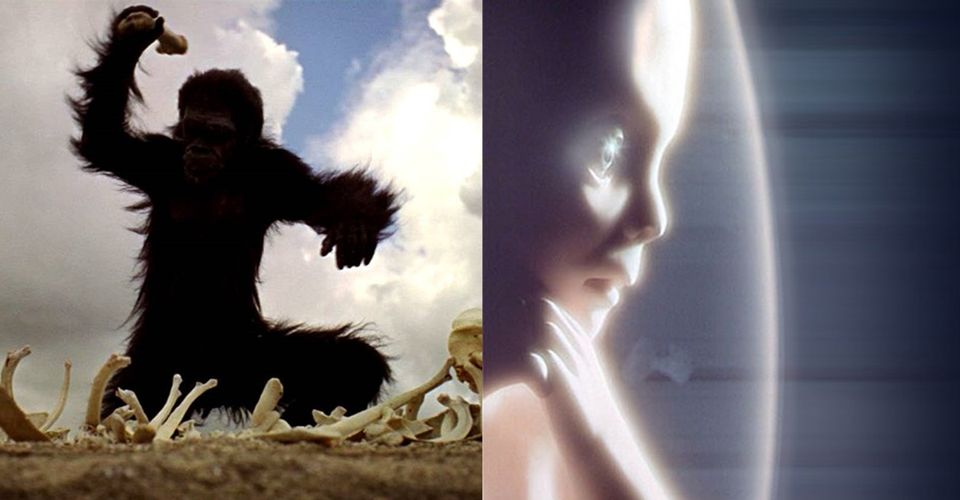
Naming Stanley Kubrick’s masterpiece is particularly challenging because the director rarely made a film that didn’t qualify as a bona fide masterpiece. From The Shining to A Clockwork Orange to Paths of Glory, Kubrick helmed some truly great movies throughout his career. If he does have one true masterpiece, it’s arguably 2001: A Space Odyssey.
Kubrick teamed up with writer Arthur C. Clarke to come up with the definitive sci-fi story: an eons-spanning epic encompassing the entirety of human history and charting the next stage of evolution. 2001 is a near-perfect movie, and both its opening scene and ending are among the most memorable in all of cinema.
10 Opening: It Suggests Humanity Is Defined By Violence

The opening “Dawn of Man” sequence in 2001 suggests that humanity is defined by its capacity for violence. Throughout the scene, some apes are ousted from their watering hole. One of them learns that he can use a bone as a weapon to hit things, then uses it to their advantage.
They go back to the watering hole and beat up the other tribe to get it back. This turn of events presupposes that apes evolved into humans when they discovered violence.
9 Opening: The Use Of Soundstages Is Imperceptible

In order to have full command of the way the opening scene would look, Kubrick shot it on soundstages with second unit landscape photography projected behind actors in monkey suits.
But this artifice-heavy approach is imperceptible, thanks to Kubrick’s very deliberate visual choices and unwavering command of the cinematic form.
8 Opening: The Monolith’s Introduction Is Haunting

After a few establishing shots of the African wilderness, 2001 introduces its first sci-fi element: the Monolith. A bunch of apes come across the strange cosmic object and start fawning over it.
On top of the unnerving juxtaposition of a large black tile sitting mysteriously in the middle of a veld, the sounds of György Ligeti’s “Lux Aeterna” make the moment truly haunting.
7 Opening: Kubrick Tells A Self-Contained Story Without Dialogue

The story of 2001 is split into chapters. The opening sequence is the first chapter, “Dawn of Man,” which is essentially its own little short revolving around ape characters who don’t appear in any of the rest of the movie.
In this sequence, Kubrick tells a self-contained story without dialogue. Since the apes don’t talk, Kubrick had to tell their entire story visually.
6 Opening: It Culminates In The Most Iconic Match Cut Of All Time

The “Dawn of Man” sequence culminates in arguably the most iconic match cut of all time. Kubrick summarizes millions of years of human progress in a single cut.
As an ape throws a bone into the air after discovering it can use violence to get what it wants, the bone is matched with a satellite orbiting the Earth years later.
5 Ending: The “Star Child” Is One Of Science Fiction’s Most Iconic Images

Sci-fi cinema has contributed some unforgettable imagery to the genre’s canon, from the chestbursting baby xenomorph in Ridley Scott’s Alien to the sprawling cityscapes of Fritz Lang’s Metropolis.
The “Star Child” seen at the end of 2001: A Space Odyssey is one of the most iconic images in the history of science fiction. It’s a breathtaking symbol of the future of the human race.
4 Ending: It Brings The Whole Story Full Circle

The ending of 2001 ties into the opening. The opening scene saw some apes stumbling upon a Monolith, which eventually led to them evolving into humans. The ending sees Dave Bowman encountering a Monolith, which subsequently leads to the next stage of human evolution.
While Arthur C. Clarke’s 2001 novel gives a clearer explanation of the lore of the Monoliths, the movie does a great job of bringing their influence on humankind full circle in its final moments.
3 Ending: There’s A Lot To Unpack

After Dave manages to destroy HAL and heads out into the cosmos, 2001 bombards the audience with information to deal with, like Dave’s trippy journey through the Star Gate and the room where he watches his older self age rapidly and die.
The majority of 2001 is dedicated to slow-moving philosophical musings on the human race, but there’s a lot to unpack in its surprisingly dense, fast-paced final moments.
2 Ending: “Also Sprach Zarathustra” Is Breathtaking

In both the opening and closing scenes of 2001: A Space Odyssey, Kubrick plays Richard Strauss’ “Also Sprach Zarathustra” (specifically the opening fanfare, sometimes dubbed “Sunrise”) on the soundtrack.
While the track’s use in the opening shot of the Sun, the Earth, and the Moon is pretty mind-blowing, its use in the final scene is even more memorable.
1 Ending: It’s Open To Interpretation

Although the ending of 2001 has been commonly read to mean that Dave Bowman’s journey through the Star Gate triggered the next phase of humanity’s evolution and sent him back to Earth as a “Star Child,” in true Kubrickian style, the movie’s final scene is delightfully ambiguous.
The movie has been read as an allusion to Homer’s Odyssey, an allegory for the search for God, and a big cosmic metaphor for conception — and the great thing about cinema is that there are no wrong answers.
About The Author











